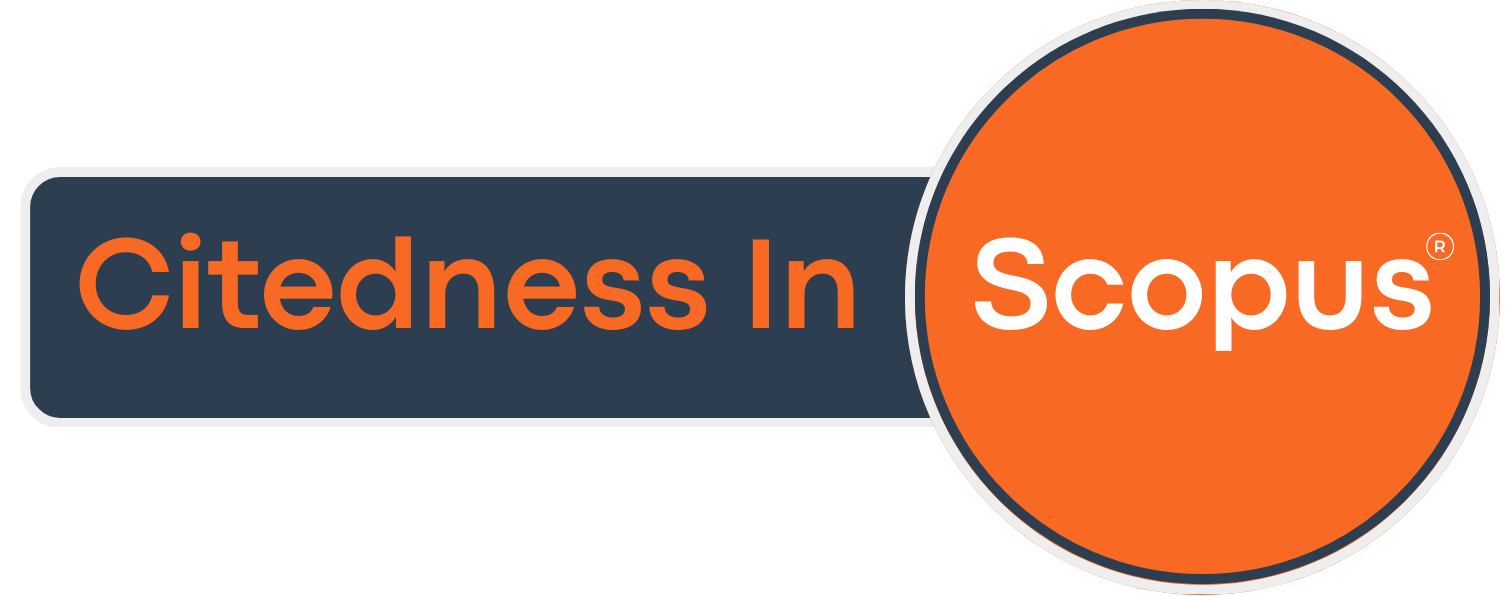Optimasi Parameter Pemesinan dengan Proses Bubut pada Respon Kekasaran dan Kekerasan Permukaan Material S45-C Menggunakan Metode Taguchi - Grey - Fuzzy
Optimization of Machining Parameters with Lathe Process on Roughness Response and Surface Hardness of S45-C Material Using Taguchi - Gray - Fuzzy Method
DOI:
https://doi.org/10.21070/r.e.m.v1i1.169Keywords:
Turning, Taguchi, Taguchi-grey-fuzzy, OptimizationAbstract
Turning is a widely used machining process in which a single-point cutting tool removes material from the surface of a rotating cylindrical work piece..Process efficiency increase significantly can be obtained by optimizing the process parameters, namely spindle rotation (n), feed rate (f) and depth of cut (a). In this research will optimize the surface roughness and hardness simultaneously using a combination of turning process parameters. The research was conducted on the material S45-C.
Taguchi method is used, which is a combination of fuzzy logic and Taguchi method. Matlab software that has Matlab fuzzy toolbox aided fuzzy logic process. Design experiment using orthogonal array L9 (33) varying the three parameters which each parameters has three levels. Experiment design of L9 orthogonal array varied factor or cutting parameters such as spindle rotation (n), feed rate (f) and depth of cut (a). Since noise factors are excluded from the experimental design, the experiments were conducted with replication. Optimization was done by using grey-fuzzy Taguchi method. The results of the optimization process is a combination of parameters that result in an optimal response. Based on a combination of these parameters will be carried out confirmation test. Confirmation test was done to match the prediction results with the actual response.The results showed a combination of turning process parameters of S45-C that can generate the optimal response is spindle rotation (n)605 Rpm, feed rate (f) of 0,031 mm/minand depth of cut (a) of0,125 mm.References
Arsecularatne, J. A., Zhang, L. C., Montross, C. dan Mathew, P. (2006), “On Machining of Hardened AISI D2 Steel with PCBN Tools,” Journal of Materials Processing Technology, Vol. 171, hal. 244–252.
Asiltürk, I. danAkkus, H. (2011), “Determining the Effect of Cutting Parameters on Surface Roughness in Hard Turning using the Taguchi Method,” Journal of Measurement,Vol. 44, hal. 1697–1704.
Aslan, E., Camuşcu, N. danBirgören, B. (2007), “Design Optimization of Cutting Parameters when Turning Hardened AISI 4140 Steel (63 HRC) with Al2O3 + TiCN Mixed Ceramic Tool,” Journal of Materials and Design, Vol. 28, hal. 1618–1622.
Dhavamani, C. danAlwarsamy, T. (2011), “Review on Optimization of Machining Operation,” International Journalof Academic Research, Vol. 3, hal. 476–485.
Gunay, M., Aslan, E., Korkut, I. danŞeker, U. (2004), “Investigation of the Effect of Rake Angle on Main Cutting Force,” International Journal of Machine Tools & Manufacture,Vol. 44, hal. 953–959.
Gupta, A., Singh, H. danAggrawal, A. (2011), “Taguchi-Fuzzy Multi Output Optimization (MOO) in High Speed CNC Turning of AISI P-20 Tool Steel,” Journal of Systems with Applications, Vol. 38, hal. 6822-6828.
Hascalik, A. danCaydas, U. (2007), “Optimization of Turning Parameters for Surface Roughness and Tool Life Based on the Taguchi Method,” InternationalJournal of Manufacturing Technology, Vol. 38, hal. 896–903.
Hsiang, S. H. dan Lin, Y. W. (2009), "Optimization of The Extrusion Process for Magnesium Alloy Sheets using The Fuzzy based Taguchi Method,” The Arabian Journal for Science and Engineering, Vol. 34, hal. 175-185.
Kalpakjian, S. danSchmid, S. R. (2008), Manufacturing Processes for Engineering Materials, Prentice Hall, New Jersey.
Kusumadewi, S. (2006), Analisis&Desain System Fuzzy Menggunakan Toolbox Matlab, GrahaIlmu, Yogyakarta.
Lalwani, D. I., Mehta, N. K. dan Jain, P. K. (2008), “Experimental Investigations of Cutting Parameters Influence on Cutting Forces and Surface Roughness in Finish Hard Turning of MDN250 Steel,” Journal of Materials Processing Technology, Vol. 206, hal. 167–179.
Lin, J. L. dan Lin, C. L. (2005), “The use of Grey-Fuzzy Logic for the Optimization of the Manufacturing Process,” Journal of Materials Processing Technology, Vol. 160, hal. 9-14.
Lin, J. L., Wang, K. S., Yan, B. H. danTarng, Y. S. (2000), “Optimization of the Electrical Discharge Machining Process Based on the Taguchi Method with Fuzzy Logics,” Journal of Materials Processing Technology, Vol. 102, hal. 48-55.
Manna, A. danSalodkar, S. (2008), “Optimization of Machining Conditions for Effective Turning of E0300 Alloy Steel,” Journal of Materials Processing Technology, Vol. 203, hal. 147–153.
Montgomery, D. C. (1991), Design and Analysis of Experiment, John Wiley & Sons, Inc., New York.
Neseli, S., Yaldiz, S. danTurkes, E. (2011), “Optimization of Tool Geometry Parameters for Turning Operations Based on the Response Surface Methodology,” Journal of Measurement, Vol. 44, hal. 580–587.
Nian, C.Y., Yang, W.H. danTarng, Y.S. (1999), "Optimization of Turning Operations with Multiple Performance Characteristics," Journal of Materials Processing Technology, Vol. 95, hal. 90-96.
Park, S. H. (1996), Robust Design and Analysis for Quality Engineering,1st edition, Chapman & Hall, London.
Puri, Y. M., Deshpande, N. V. (2004), "Simultaneous Optimization of Multiple Quality Characteristics of Wedm Based on Fuzzy Logic and Taguchi Technique," Asia Pacific Industrial Engineering and Management Systems Conference, hal. 14.18.1-14.18.12.
Rochim, T. (1993), TeoridanTeknologi Proses Pemesinan,InstitutTeknologi Bandung, Bandung.
Rochim, T. (2001), Spesifikasi, Metrologi, dan Kontrol Kualitas Geometrik,InstitutTeknologi Bandung, Bandung.
Saglam, H., Yaldiz, S., Unsacar, F. (2007), “The Effect of Tool Geometry and Cutting Speed on Main Cutting Force and Tool Tip Temperature,” Journal of Materials and Design, Vol. 28, hal. 101–111.
Soejanto, I. (2009), DesainEksperimendenganMetode Taguchi, GrahaIlmu, Yogyakarta.
Zadeh, L. (1965), “Fuzzy Sets,” Jurnal Information and Control, Vol. 8, hal. 338–353.
Downloads
Published
Issue
Section
License
Copyright Notice
Authors retain copyright and grant the journal right of first publication with the work simultaneously licensed under a Creative Commons Attribution 4.0 International License that allows others to share the work with an acknowledgement of the work's authorship and initial publication in this journal.







